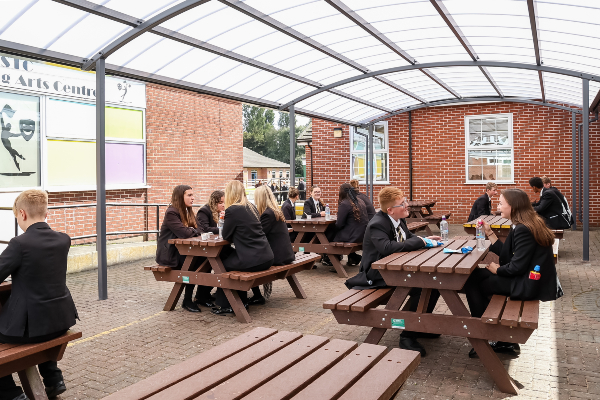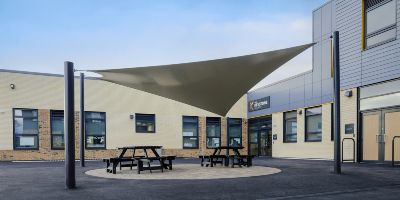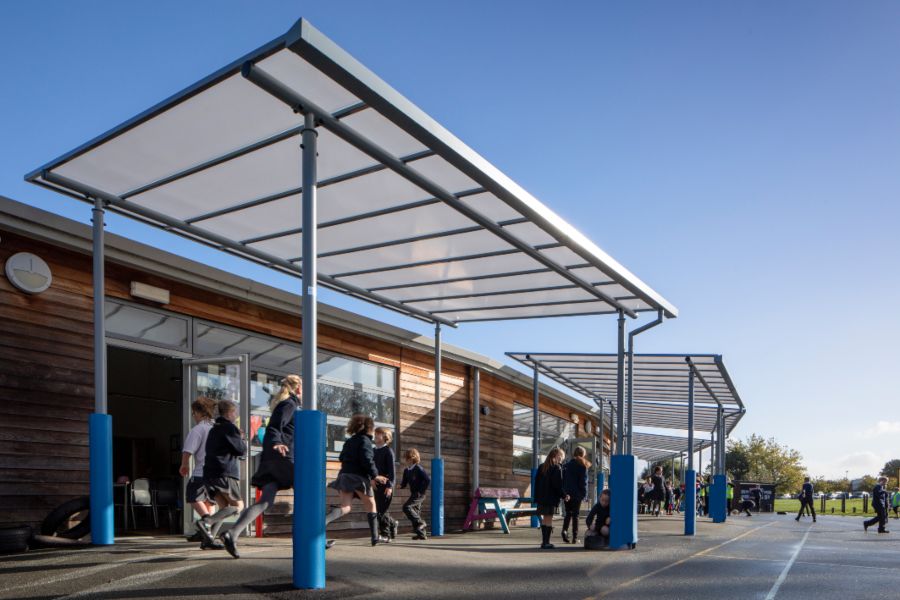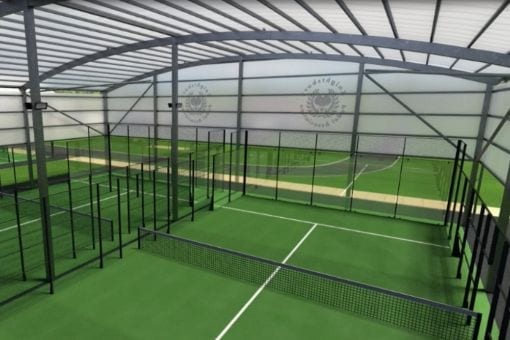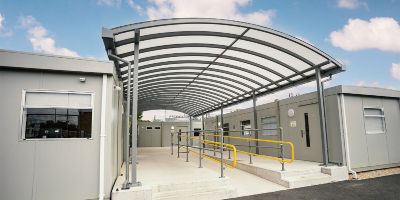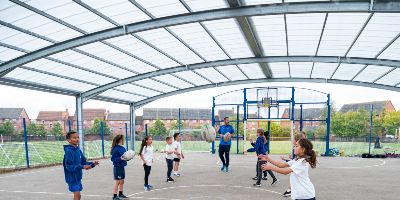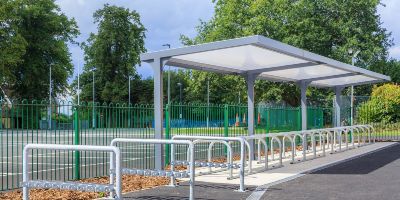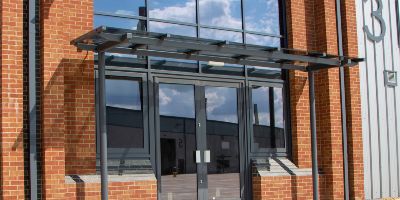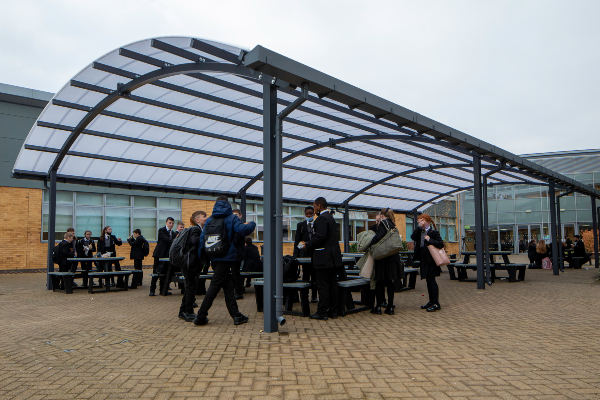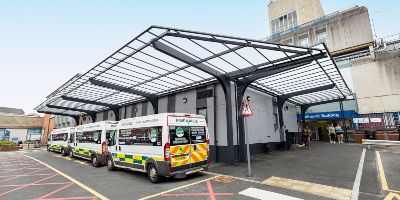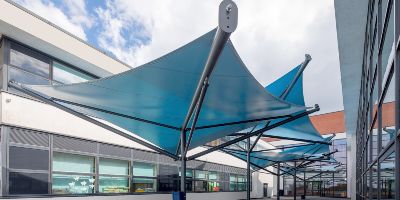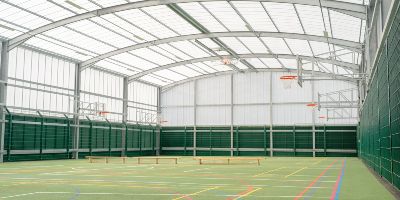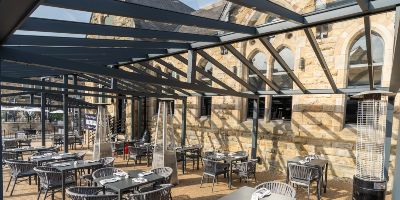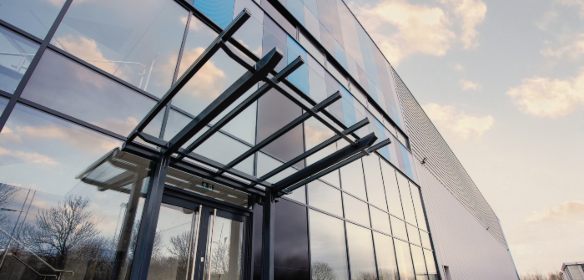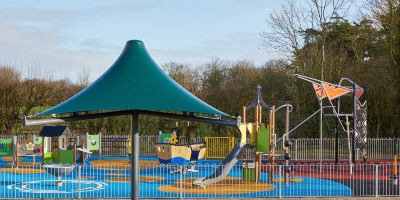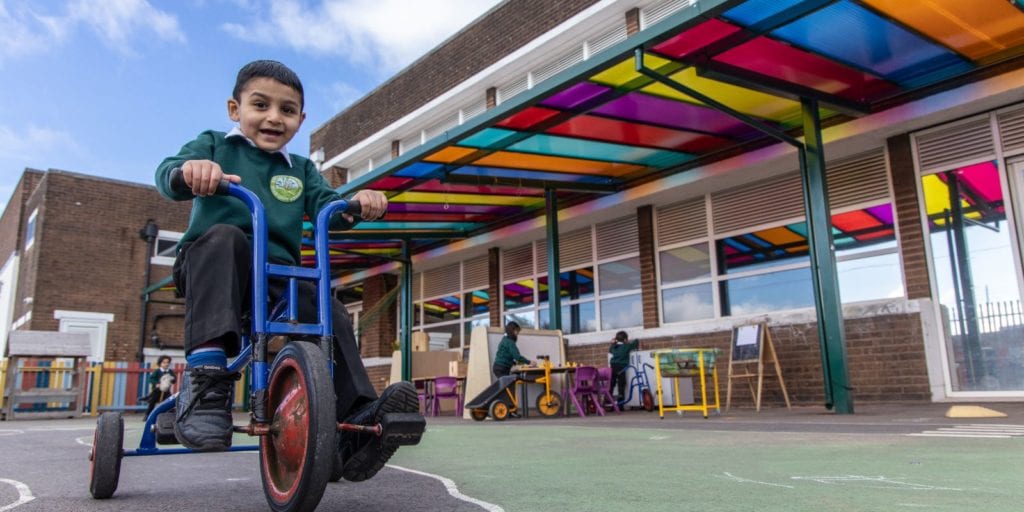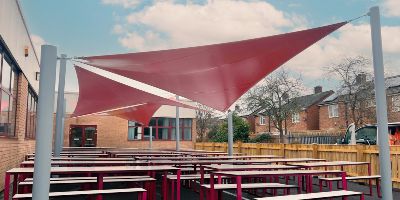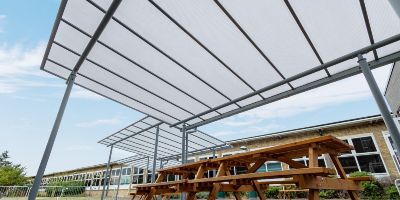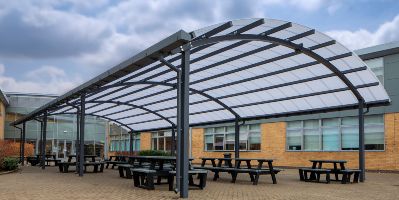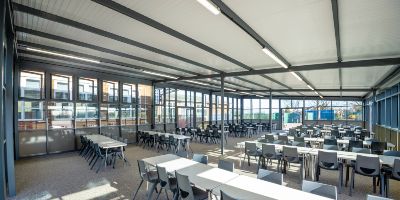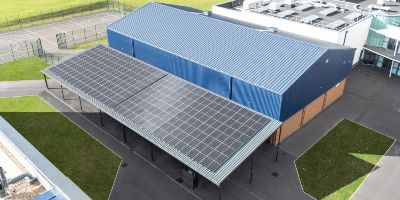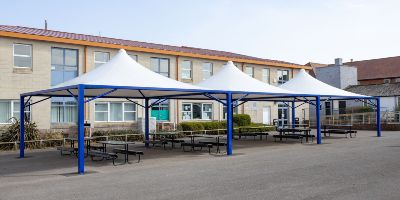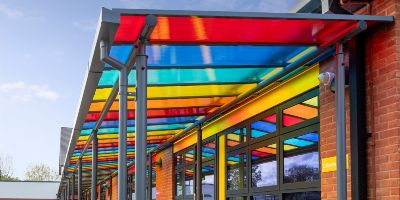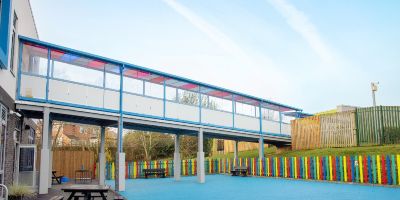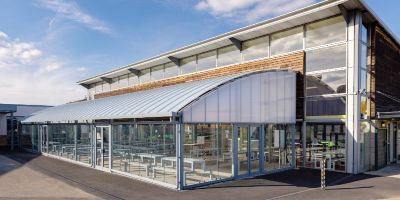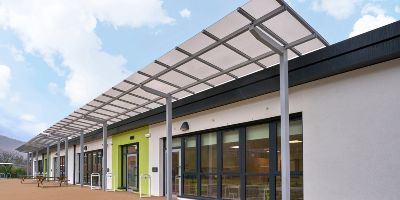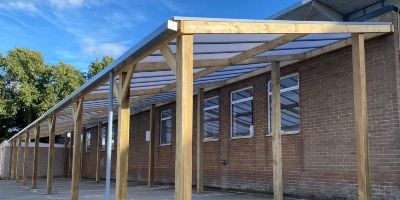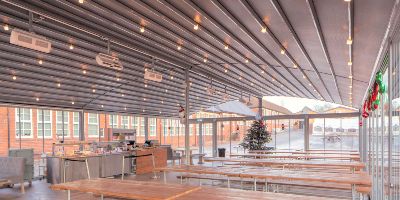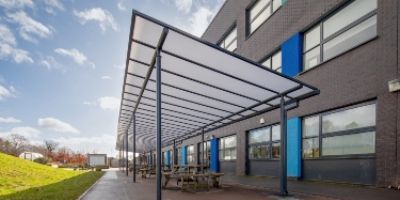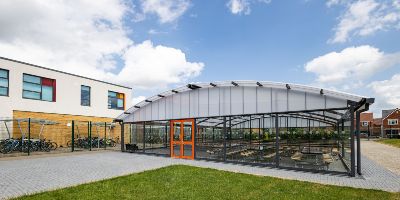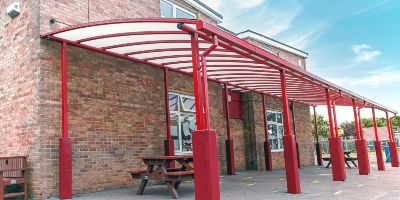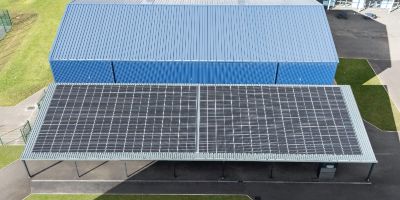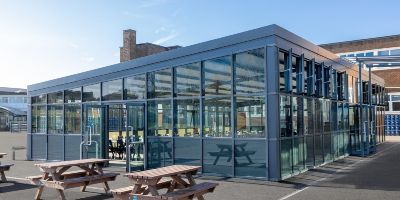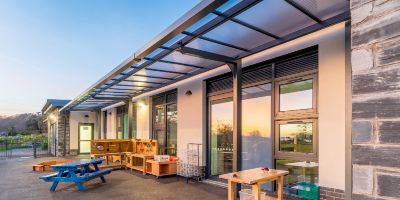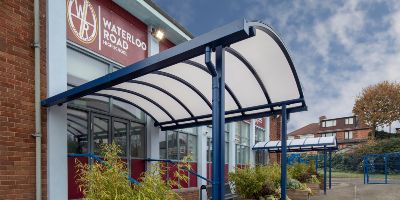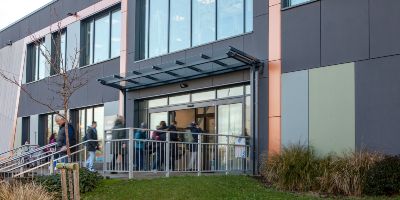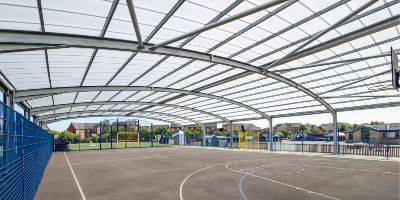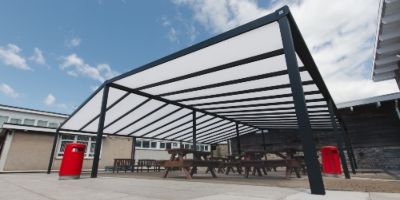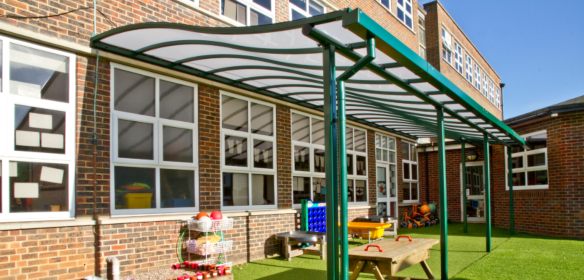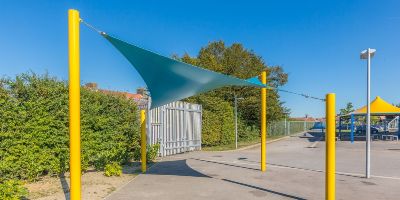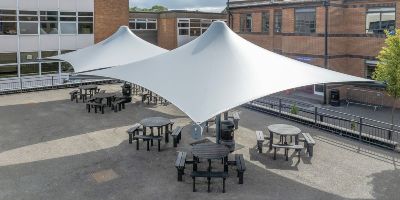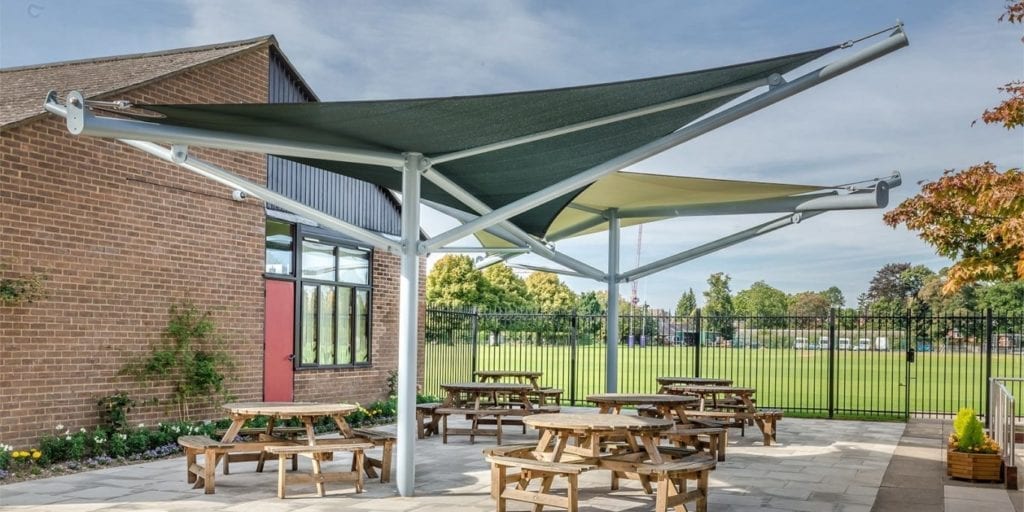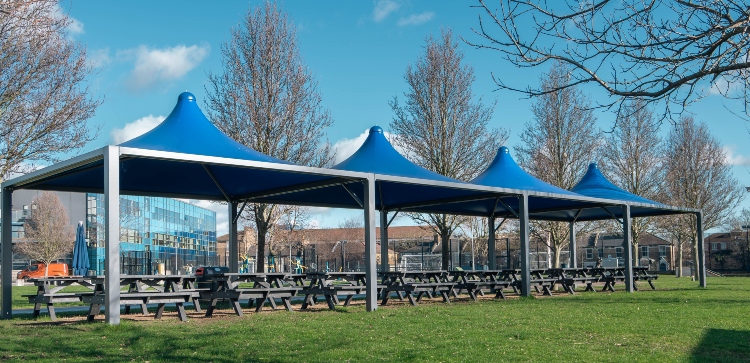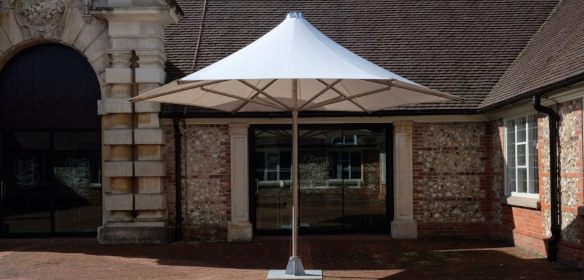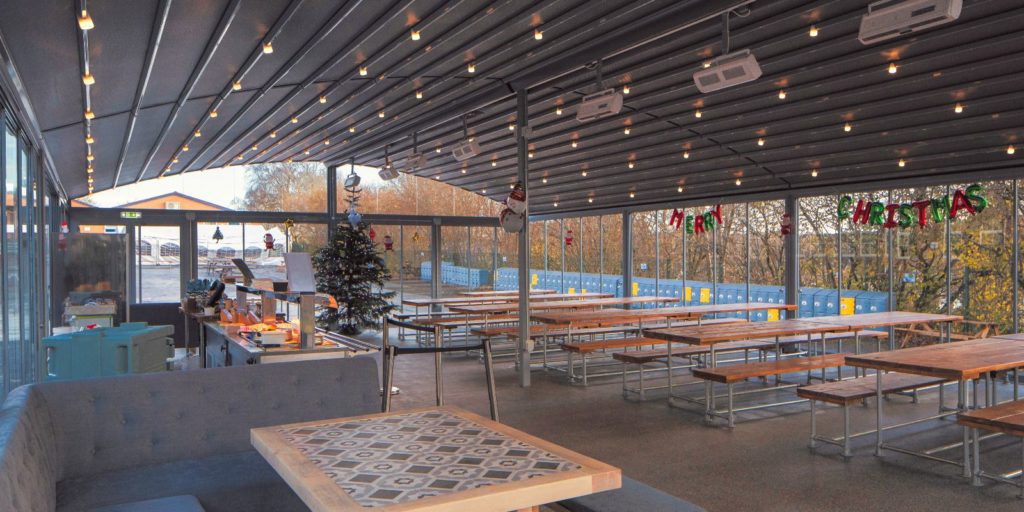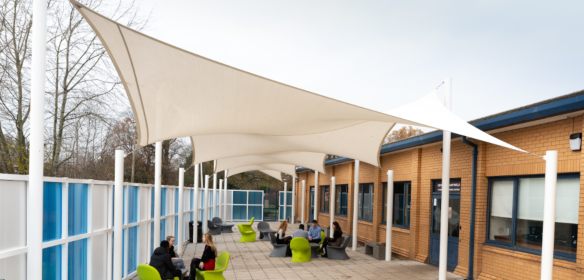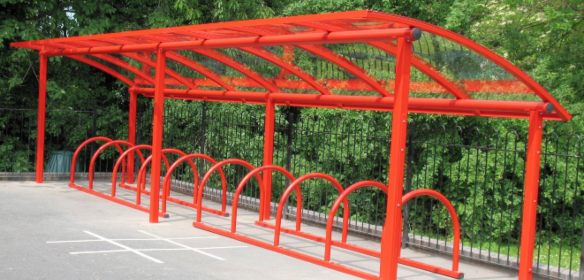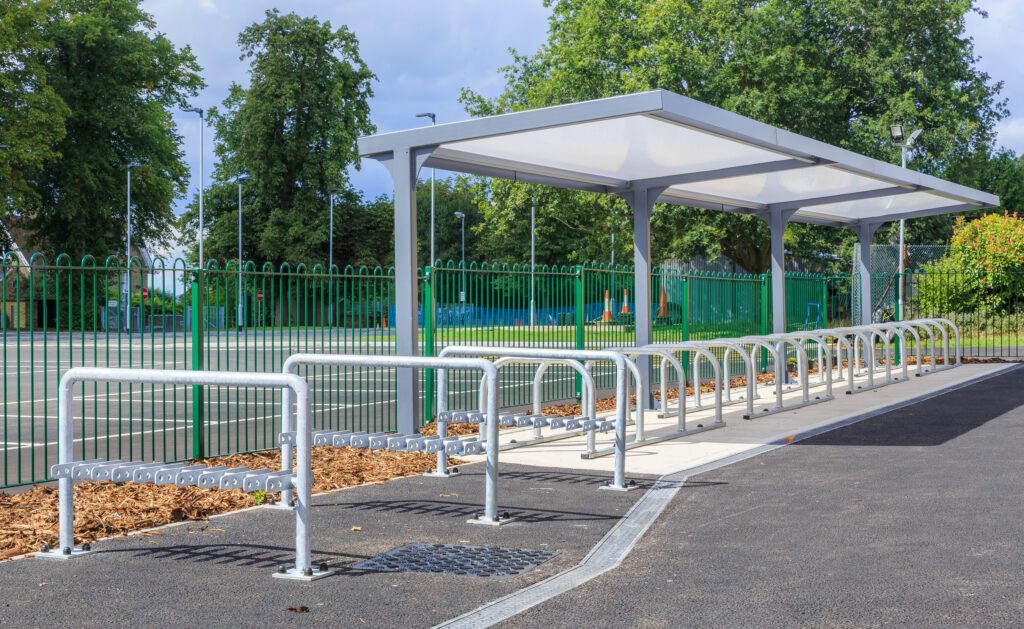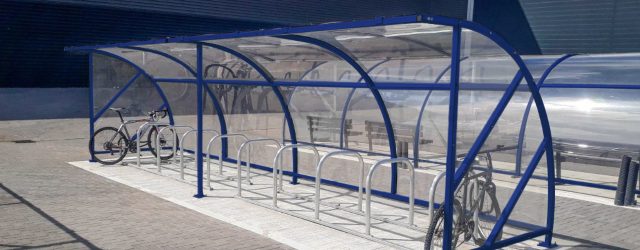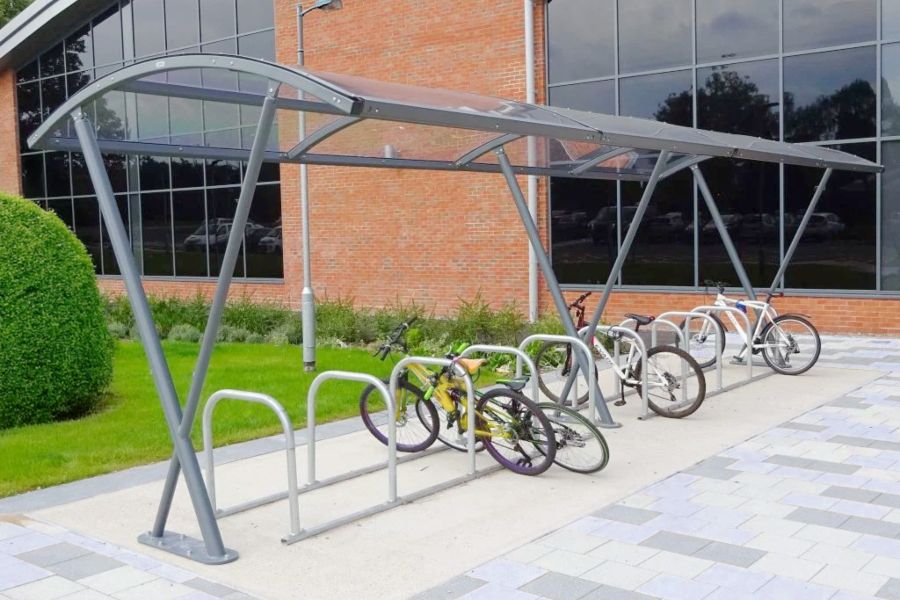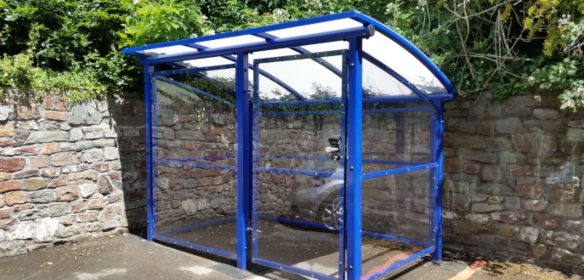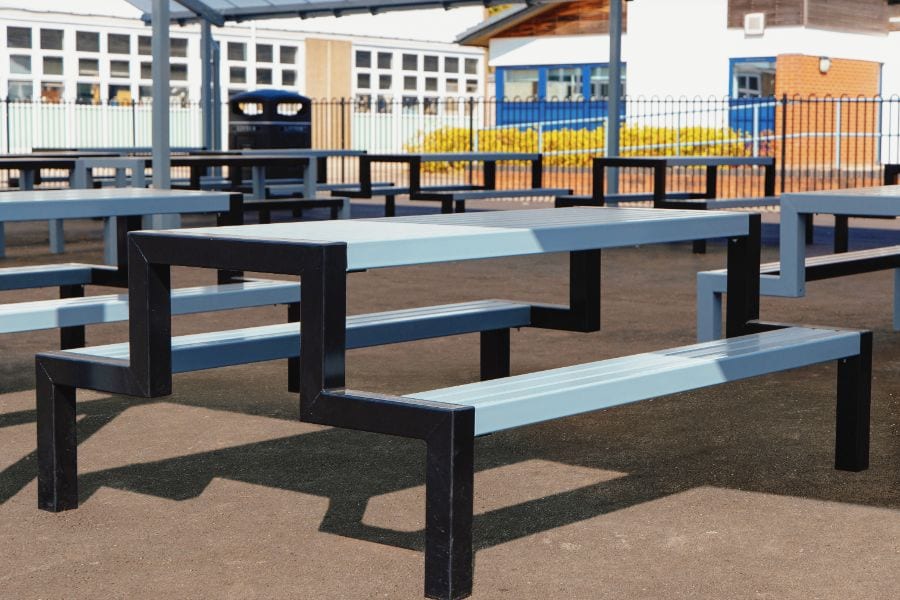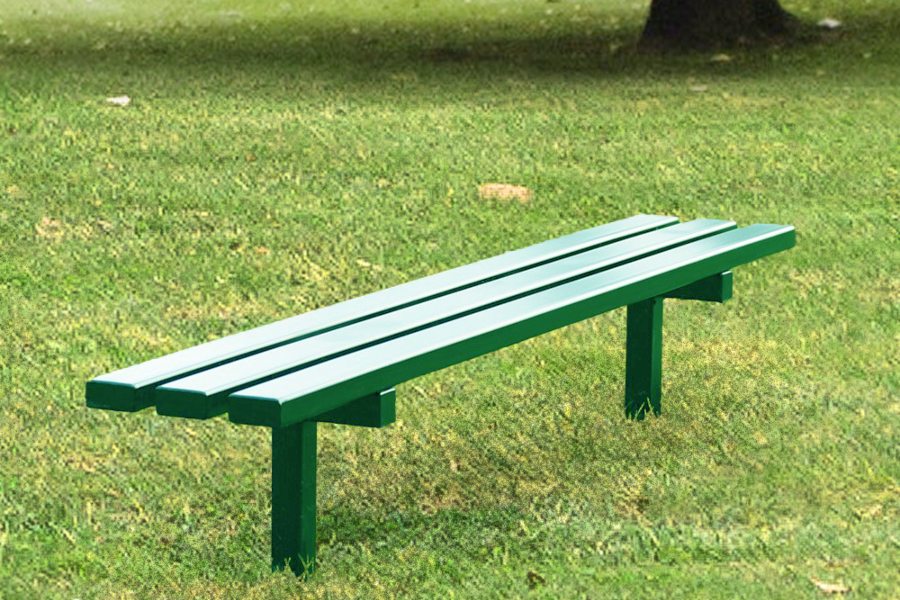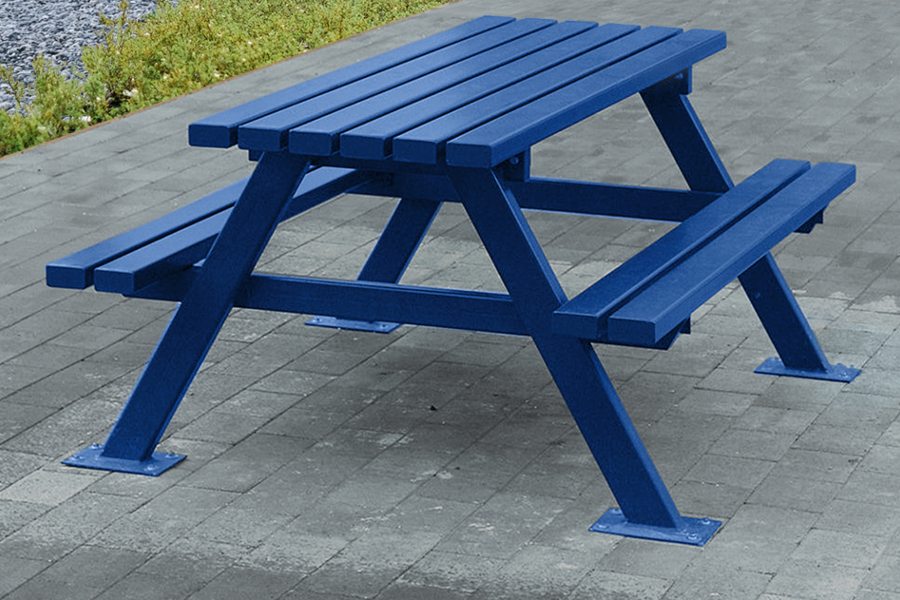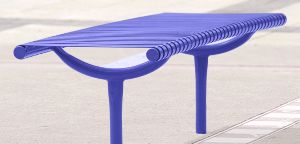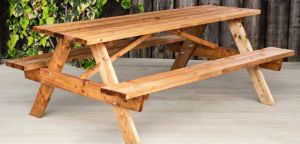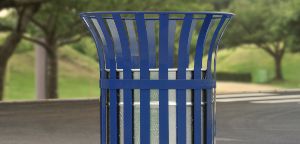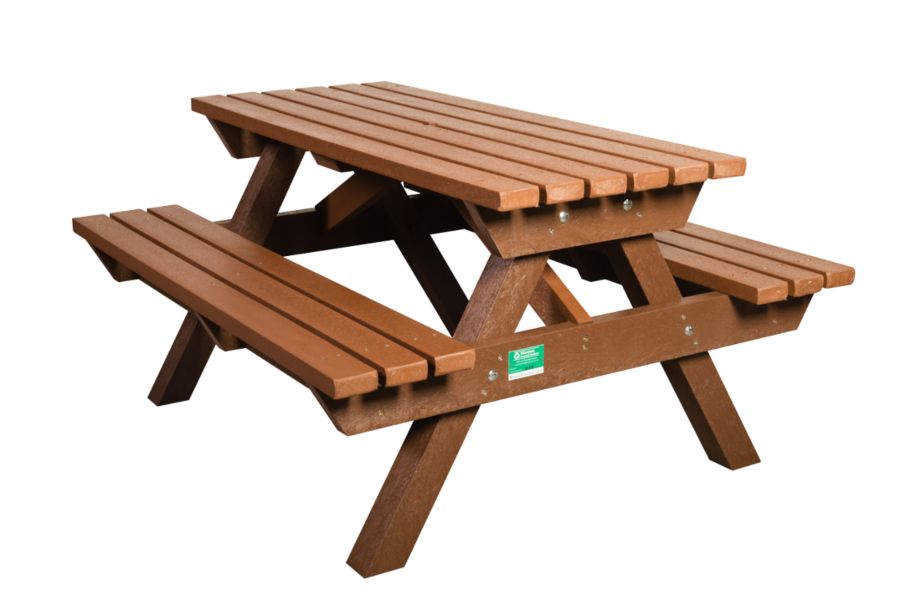
Outdoor Learning and Play Opportunities For Children
Providing Outdoor Learning and Play Opportunities for Children
Transcript
Griffin Longley
My name is Griffin Longley. I’m the CEO of Nature Play WA. Thanks so much for joining us today and taking the time during your busy week. We know too that it’s coming up to the end of the term and it’s a busy time so we really value your time and again apologies for the slow start but we’ll get cracking.
So the first thing to tell you is that this session on outdoor learning is being supported by the Department of Education here in WA and we’re really thankful to have their support on that. I think it’s also worth just bearing in mind what that means. You know the fact that our Department of Education in the State of Western Australia sees this area of outdoor learning and play as sufficiently important that they’re making the decision to support organizations like ours and activities like this. So this webinar is one of a five part series. So the first four, and you’re watching the first today, the first four are for teachers and the last one is really for the parents.
Look, in terms of outdoor learning and play I just want to share with you that it’s really more important than ever right now for outdoor learning and play to be driven. There’s a few things going on and the key one is that the modern world kind of conspires against children having the time and the space to be active and to play and to learn in the environment around them so we really need to do everything we can and then there’s that other small detail which is COVID 19. So we know from research that one in three parents are saying that their kids’ mental health is being negatively impacted by COVID 19 and that’s really a significant thing and it has the potential or the risk to have lasting impacts.
So how we support our kids and how we support our schools in supporting our kids and how we support our families in supporting our kids is just so critical right now. And we also know from all the research that being outdoors instantly changes our state of mind, it affects our well-being at a really tangible level. In fact it’s all the way down to a microbial level. You know as we breathe in biodiversity it changes our state of being really quite instantly. And we know that you know when you go to the beach at the end of the day or you stop by a park or you gaze out your window at the ocean if you’re lucky enough to have that, as soon as you have that connection to the outdoors, you sigh, you let out a breath of relief and your day washes away, and in that state we’re receptive.
We’re sensually aware we’re connected to the space around us. We’re willing and ready to cooperate with others. There’s really tangible psychological and physiological impacts that happen when we’re outdoors and when kids play they’re just right at the very edge of their capabilities. They’re doing everything to their best in a way that you just can’t motivate kids to do, just because you’re the teacher. You can try you can do your best and you can do great work but when kids are feeling playful that instantly hooks into those intrinsic motivators for them.
So all of that is just a way of saying this space that we’re here to talk about today and that you’re here to participate in a webinar about is not just about the nice to have things that come after all the important stuff is done. This is sacred work, this is how we get the best for our kids, not just for their learning, for their well-being for their development and for their enjoyment of that fantastic state of being a child.
So with all that being said I want to welcome Denise Ansing who is a new colleague of ours here at Nature Play WA and our playful education officer, and we’re really stoked to have her on board and be starting to do more in this education space. So I will pass you on to Denise and we’ll get cracking. Thanks guys.
Denise Ansing
Thanks Griff and welcome to everybody who is joining us from all around Perth, all around the State from the Kimberley down to Esperance out to the Goldfields. Thank you to the people from the Eastern States who have also joined us, a warm welcome to you as well. So I’d like to welcome Daniel Burton and Trudy Bennett who are our outdoor consultants who will be conversing with today.
Daniel Burton and Trudy Bennet
Hello everybody.
Denise Ansing
Hi Daniel, hi Trudy. So everybody we’re going to start off today with a conversation. I’ll be asking some questions of Daniel and Trudy. They’ll be answering them. We’ll just be having a conversation on the outdoor play and learning topic and then we’ve got some questions in from people and we’ll have a Q&A followed by a second conversation about the role of the educator and then another Q&A. So are you ready to start?
Daniel Burton
We absolutely are, thanks Denise.
Denise Ansing
Okay so Trudy let’s start with the definition of outdoor play, what does that mean?
Trudy Bennet
Well often at schools we term outdoor play as a way that we can do our lessons differently. So if we turn that into outdoor learning it really adds value to that word play, and outdoor learning can happen in an outdoor classroom, and an outdoor classroom is basically just a place to learn outside so it could be right outside your classroom door under the veranda, it could be on the other side the oval where there’s a nice like little buffer zone of trees and bushes. Often this is out of bounds and the students are just dying to get into that space. There might be a space at your school or centre where big children are already building cubbies and that could be a place where you start. Otherwise, you might have a specific place designed as an outdoor classroom. It could be a circle or ring of logs or rocks or some specialised seating, a small group work area. So it’s a place where you go and hopefully on a regularly regular basis to learn outdoors and the benefit of this for both teachers and students is that the size of your group of students or children suddenly shrinks.
Not that the number changes but a group of 30 students inside a classroom, especially when you’re doing group work can get a bit rowdy and noisy, and often this energy kind of gets trapped inside the four walls and the roof, and some children don’t deal with that very well. Once you go outside into an outdoor environment that dissipates. So your class of 30 might suddenly feel like a class of 15 and that energy escapes and what happens with children with anxiety if they are like locked into those walls and they’re feeling tense there’s no escape route, but if you go outside suddenly there’s more space and you don’t feel trapped.
I was working with a group recently and they could identify where they were living down the street and different places and they felt a sense of connection to their home and their wider community which I think also settled them into a learning environment as well, which is really important.
Daniel Burton
Speaking of those children with lots of energy, in fact all children have lots of energy. The outdoors and outdoor classrooms give an opportunity for us to move much more than we can in an indoor classroom where there’s furniture and chairs and a lot of children in one particular closed-in space.
So even if we have large classrooms there’s no replacement for the amount of space and ability to move around than the outdoors provides us and the classrooms that we go into and do work with these days we’re seeing a lot more tools and objects that support children who fidget to wobble and to move so there’s wobble stools, there’s weighted blankets, there’s chairs and cushions that wobble and have those little dots. Now these are not just tools and resources for those children who might have a specific diagnosis who need those as resources to support their learning, these tools are being used by all children in all classrooms and the reason that’s happening is because children need to move to learn.
